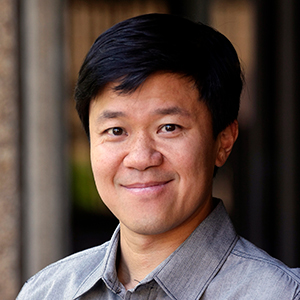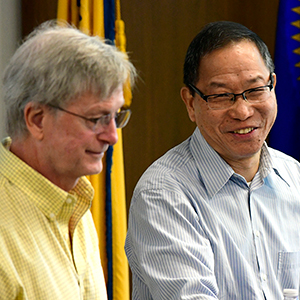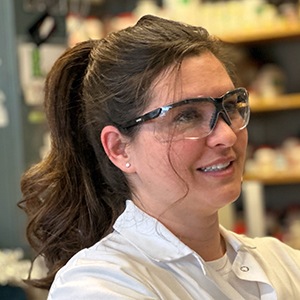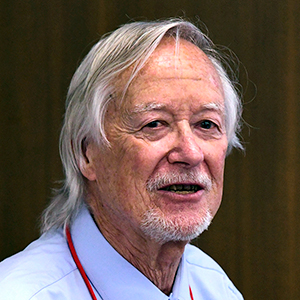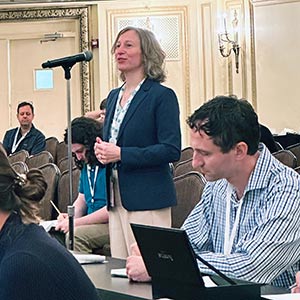
Identifying how specific patterns of genetic mutations influence human DNA is the key to understanding the underpinnings of disease, according to Dmitry Gordenin, Ph.D. He explained the tools used to identify these patterns, the arrangement of certain genetic mutations in clusters, and more at the Jan. 22 Division of Intramural Research Scientific Director’s Seminar Series.
“Dmitry has been a source for some really outstanding research for many years at NIEHS,” said lecture moderator Paul Wade, Ph.D., chief of the Epigenetics and Stem Cell Biology Laboratory. “The lecture series provided an opportunity to share that knowledge and bolster collaborations among NIEHS scientists.”
Understanding hypermutation
Gordenin is particularly interested in understanding what happens when an unusually high number of mutations occur in the body, a phenomenon called hypermutation. Typically, these mutations are repaired and the genome returns to stable conditions. However, when these mutations are not repaired, it can have devastating consequences.
“If DNA becomes too damaged from factors inside the body or from the environment, it can become unstable,” said Gordenin. “When DNA is unstable, it can cause birth defects, serious diseases such as cancer, even death.”
Changes in DNA sequence can show the amount of harmful exposures experienced by an individual over time. Additionally, these changes can be part of natural processes like programmed DNA changes and evolution, according to Gordenin.
DNA sequence analysis
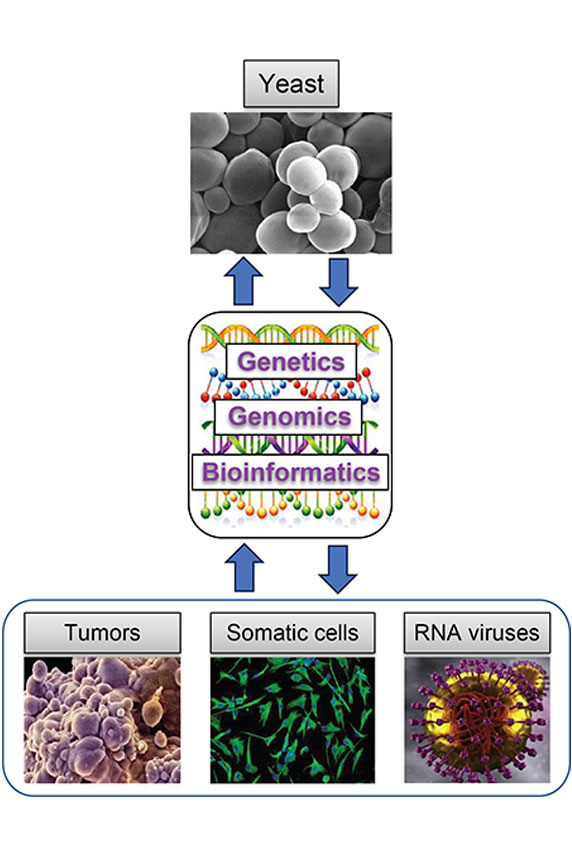
Gordenin discussed a method for understanding how mutations occur by focusing on short, recurring DNA sequences, called motifs. The process involves counting mutations occurring within different motifs in a single DNA sample and then using a tool to analyze these patterns. The approach converts knowledge from biological research into statistical hypotheses to better understand the impact of motifs on mutations in DNA.
“This method takes what we know about how these motifs work and uses it to hypothesize how much they contribute to overall changes in the DNA,” said Gordenin. “It is a way to understand how certain lesions in DNA lead to changes by analyzing them in a detailed manner.”
This type of analysis is valuable as it applies statistical methods to assess the impact of various factors, including the potential influence of environmental disruptors on mutation rates, according to Gordenin.
Identifying patterns in health data
Gordenin and his colleagues have used data from the Personalized Environment and Genes Study to look at patterns of genetic variations in different racial groups. The study includes more than 20,000 North Carolinians and incorporates participants’ health data and environmental exposure information, accounting for factors such as water quality, diet, air pollution, and more. The goal is to identify causes of chronic conditions, like diabetes and heart disease, at an individual level.
Further research will focus on understanding how certain enzymes can change DNA and how this could alter the genetic makeup of some viruses.
“In the end, we hope this work is helping to connect specific mutations to their causes and effects, leading to better prevention, diagnostics, and treatments for diseases like cancer,” said Gordenin.
(Sam Tyler is a technical writer-editor in the NIEHS Office of Communications and Public Liaison.)





